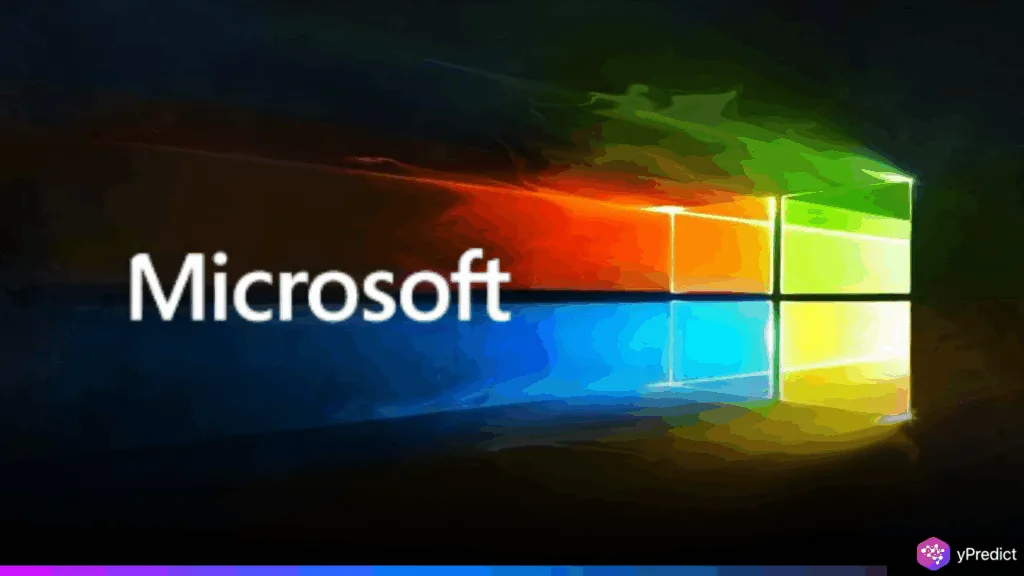
Microsoft has laid off 305 more employees this week in Redmond, Washington. This comes after the business made a similar decision last month to lay off about 6,000 workers, or almost 3% of its global workforce. Furthermore, the recent AI job cuts reflect the tech industry’s growing emphasis on automation and AI. Microsoft says these layoffs are not based on performance but part of strategic restructuring as AI becomes core to its future.
Why Is Microsoft Restructuring Its Workforce Now?
Microsoft confirmed the recent Microsoft layoffs in a mandatory filing with the Washington State Employment Security Department. The company stated the new round is distinct from the broader cuts in May. These organizational changes aim to keep Microsoft competitive amid a fast-evolving digital landscape shaped by artificial intelligence.
According to a company spokesperson, these steps are necessary to meet market demands. “We continue to implement organizational changes necessary to best position the company for success,” the spokesperson said. As of June 2024, Microsoft employed over 228,000 people, more than half of whom were based in the US. However, the most recent round of layoffs made no mention of any particular positions.
How Are AI Job Cuts Changing Microsoft’s Future?
During a recent company-wide town hall, CEO Satya Nadella addressed the emotional impact of the decisions. Additionally, he emphasized that the AI job cuts are a part of larger initiatives to realign teams. The move is driven by Microsoft’s deepening commitment to AI transformation across departments.
At the Microsoft Build 2025 event, Chief Communications Officer Frank X Shaw highlighted the rise of “AI agents” and tools like GitHub Copilot. Thus, 15 million developers have already joined the revolution in software development, testing, and maintenance brought about by AI. Similarly, Microsoft 365 Copilot now makes it easier and faster to generate ideas, conduct research, and collaborate.
Copilot Studio is currently used by over 230,000 companies. To develop AI-powered solutions, 90% of the Fortune 500 companies are part of this studio. These tools are central to Microsoft’s roadmap as it invests heavily in building intelligent systems. The increasing reliance on AI agents is reshaping product development and internal operations.
AI Transformation Redefines Work Across Tech Industry
The larger tech scene is going in a similar direction. Leading companies in the sector, such as Salesforce and Meta, have also embraced AI transformation to cut costs and streamline operations. These days, a lot of people use AI coding assistants to keep productivity high while accelerating development.
As automation increases, traditional roles will become less important, and teams with AI integration will become more prominent. As a result, companies are strategically investing in tech that boosts productivity. Microsoft’s layoffs show how, as AI becomes more common, manual tasks are giving way to automated systems supported by machine learning.
The future of Microsoft rests on its ability to handle this change. Although AI job cuts are challenging, they help the company establish itself as a leader in an increasingly AI-driven market. Therefore, striking a balance between workforce stability and innovation is the difficult part.
AI Job Cuts Demand Smarter Workforce Planning
AI job cuts represent a difficult transition for impacted employees, notwithstanding the advantages of automation. However, Microsoft has a clear long-term strategy that prioritizes adaptability in the age of AI transformation. As technology rapidly transforms the nature of work, finding a balance between creativity and accountability will be crucial. The Microsoft layoffs highlight the impact AI is having on the entire technology industry.





